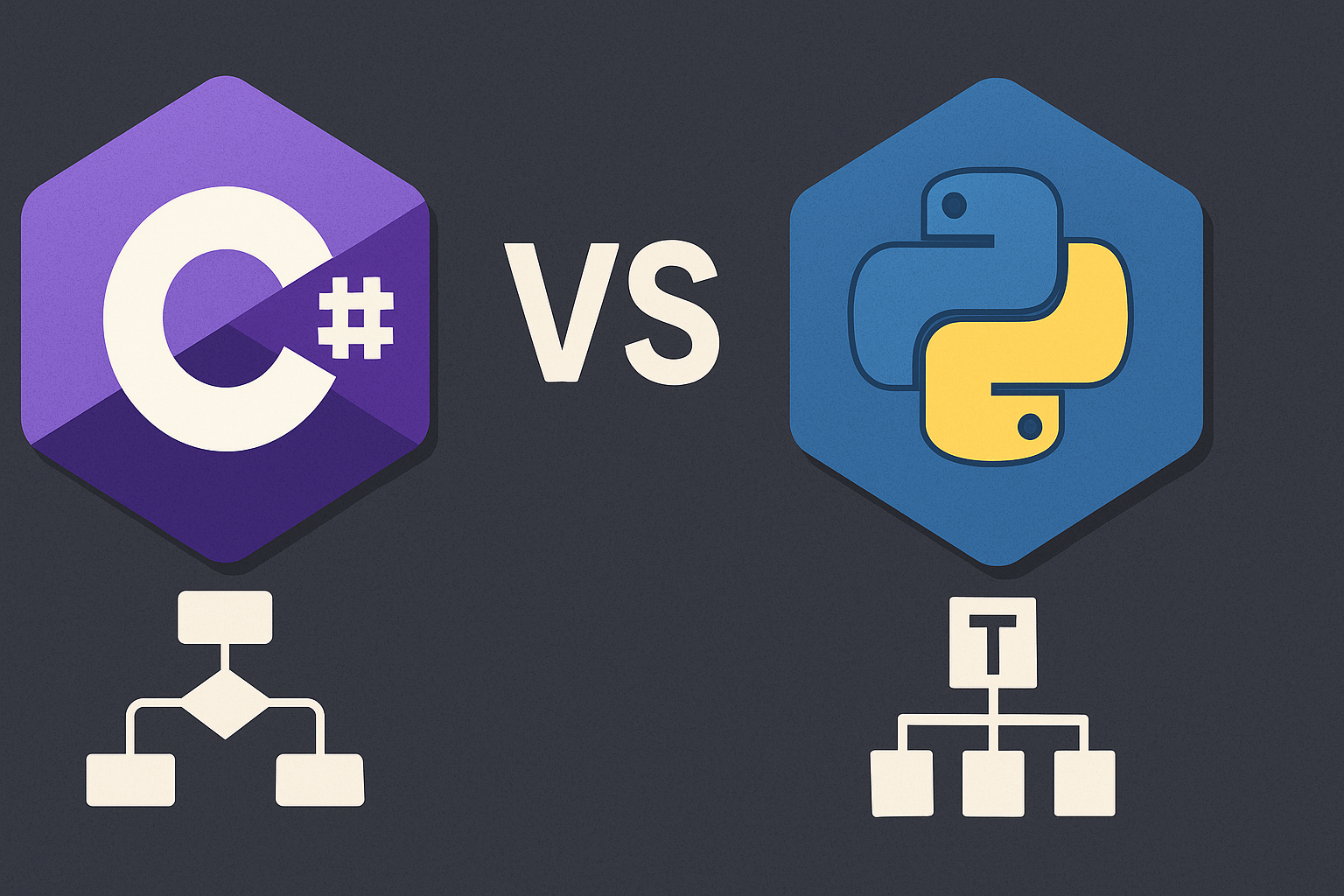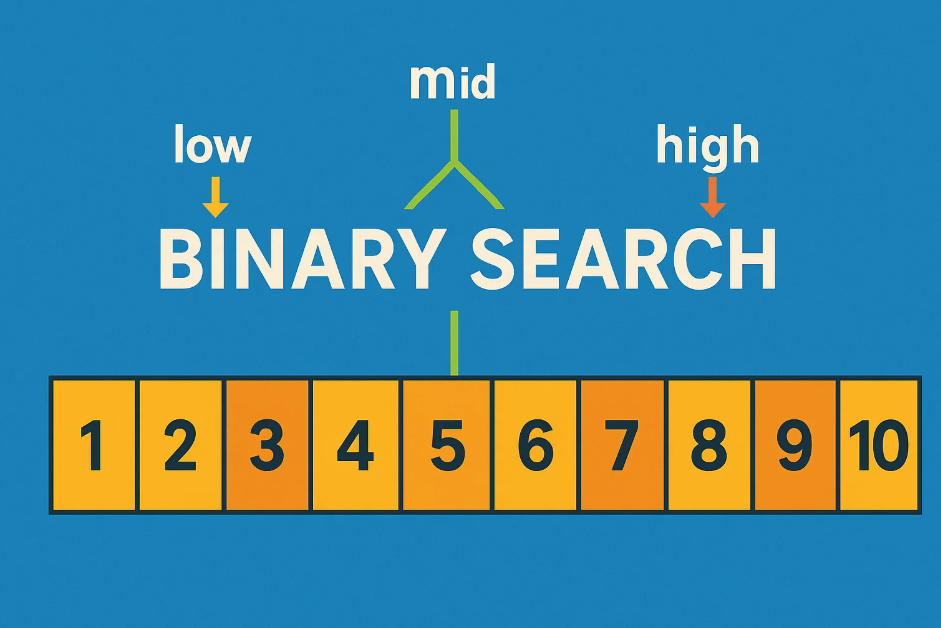<Data Structures/Algorithms> leetcode hot100系列 - 46.Permutations
[LeetCode Hot 100] 46. Permutations
When I first saw this problem, I felt like the answer was right at my fingertips, but after trying to write it, something felt off. The reason is that this is a backtracking problem. According to the definition from Baidu Encyclopedia:
Backtracking, also called trial-and-error, is based on the idea of starting from a certain state (initial state) of a problem, searching all possible states reachable from this state. When a path reaches a “dead end” (cannot proceed further), it backtracks one or more steps and continues searching from another possible state, until all paths (states) have been tried. This method of constantly “advancing” and “backtracking” to find a solution is called backtracking.
The key characteristic of backtracking is that it is top-down: starting from nothing at the top and gradually exploring deeper, with the answers obtained at the bottom level.
For this problem, at the beginning we know nothing. Suppose we have the sequence [1, 2, 3]. We first decide the first number: [1], [2], or [3]. If the first number is 1, the second number can be [1, 2] or [1, 3], and then the third number is determined. Once we choose the third number, we have obtained a complete permutation, which should immediately be added to the answer set. In other words, although we use recursion, it mainly serves as a stack-like mechanism to backtrack; the answers are obtained at the bottom, not at the top.
Here is the implementation:
1 | class Solution { |
中文原文
[LeetCode hot 100] 46. 全排列Permutation
拿到这道题的时候总感觉答案就在嘴边,但是写了写就感觉怎么都不对劲,原因是没有意识到这是一个回溯题。所谓回溯算法,百度百科给出的定义是:
回溯法也称试探法,它的基本思想是:从问题的某一种状态(初始状态)出发,搜索从这种状态出发所能达到的所有“状态”,当一条路走到“尽头”的时候(不能再前进),再后退一步或若干步,从另一种可能“状态”出发,继续搜索,直到所有的“路径”(状态)都试探过。这种不断“前进”、不断“回溯”寻找解的方法,就称作“回溯法”。
回溯算法最大的特征就是它是自顶向下的,也就是从顶部的什么都没有,慢慢往深处探索,在最底端得到答案。
对于这道题而言,一开始是什么都不知道的,假如说有个序列[1, 2, 3],首先确定出第一个数,可以是[1],可以是[2],可以是[3]。当第一个数为1时,再确定第二个数,可以是[1, 2]或[1, 3],然后确定第三个数。当我们确定第三个数之后的时候,实际上是已经得到了两个答案,就应该把这两个答案立即加到答案集合中。也就是说,我们写出来虽然也是递归的形势,但是只是用递归实现了类似栈的回退作用,答案并不是在最顶层得到,而是在最底层得到。
具体如何操作请见代码。
1 | class Solution { |
<Data Structures/Algorithms> leetcode hot100系列 - 46.Permutations
install_url to use ShareThis. Please set it in _config.yml.


